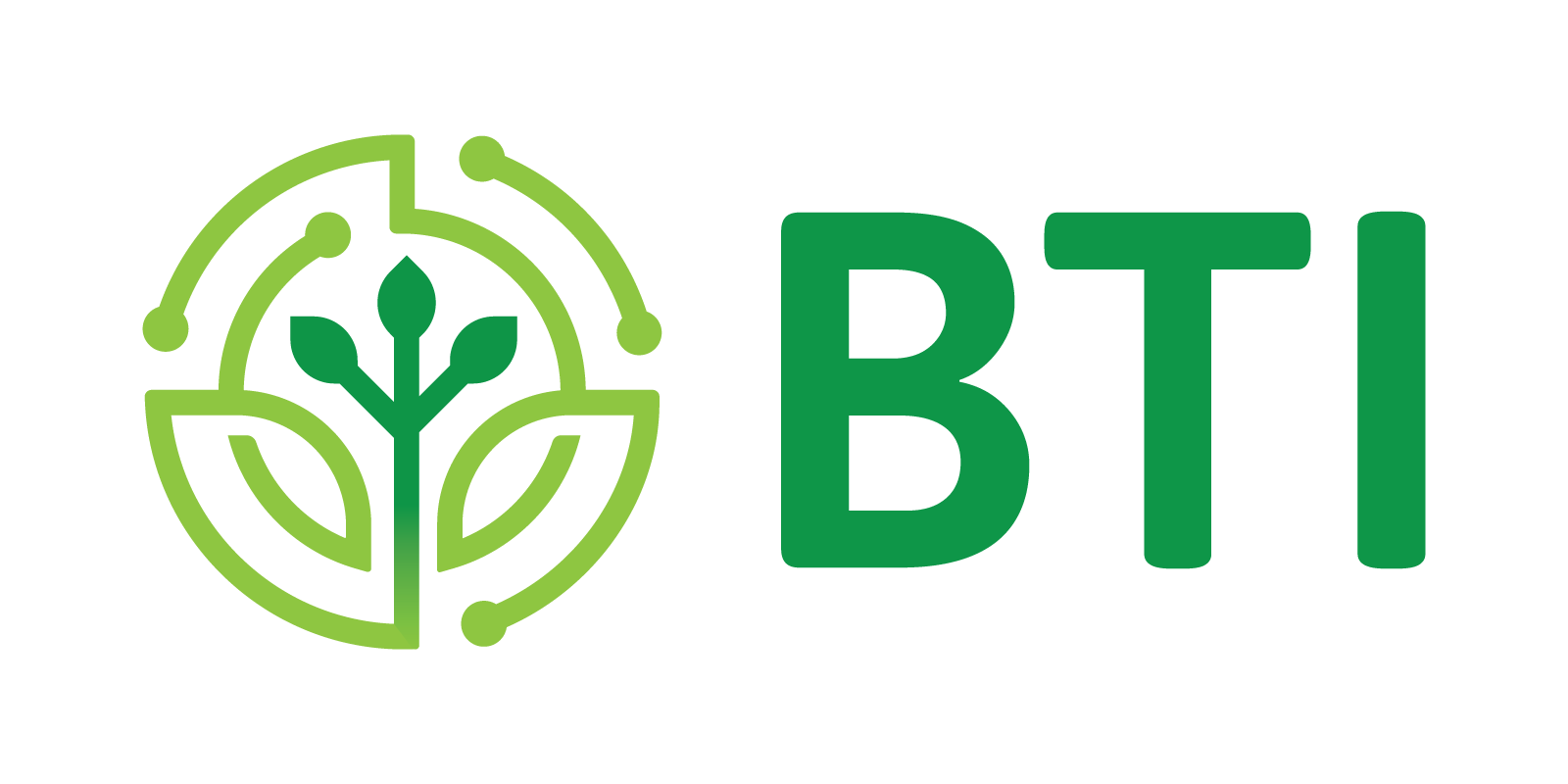BTI Plant Phenotyping Facility
The BTI Plant Phenotyping Facility is revolutionizing how we study plant growth and responses to the environment. Whether in academia or industry – our state-of-the-art imaging tools and expertise are available to support your research and development needs.
We have developed specialized protocols to assess plant responses to drought, salt stress, waterlogging, extreme temperatures, and herbicide application — capturing details invisible to the naked eye. With over 150 individual traits tracked through RGB and chlorophyll fluorescence imaging, we provide unparalleled insights into growth rates, water use, photosynthetic efficiency, and pigment accumulation.
Our facility has already powered groundbreaking discoveries and supported multiple research grants. Now, it’s open to you—for academic projects, commercial applications, or collaborative partnerships. If you need high-resolution plant imaging, we’re here to help.
Interested? Get in touch, and let’s push plant science further—together.
Send us an email to book a tour and/or discuss potential projects: bti.pheno@cornell.edu
If you are negatively impacted by flashing lights, please watch this version.
Conveyor-Based High-Throughput Imaging System
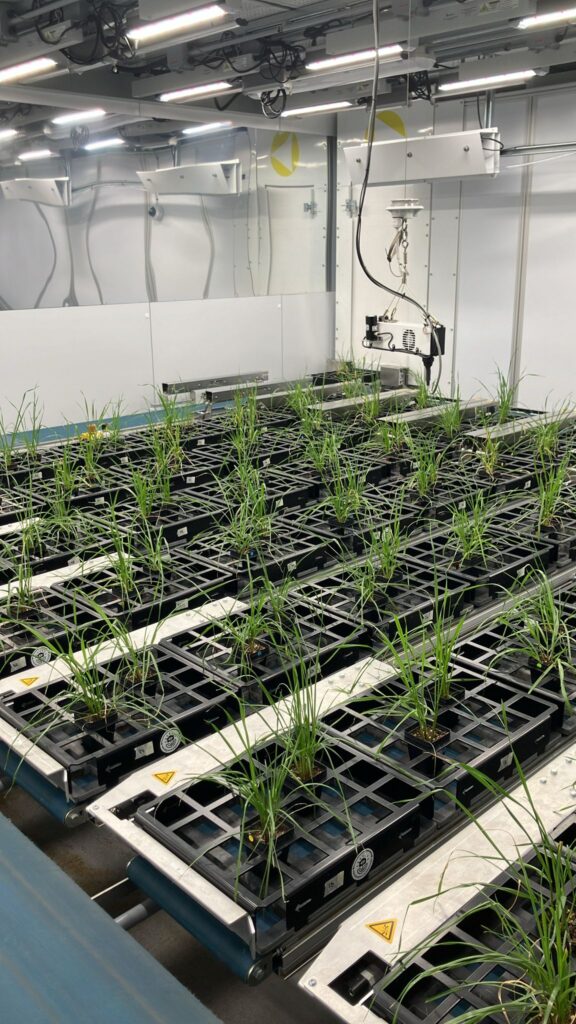 Our high-throughput system can simultaneously capture data from up to 64 large plants (up to 1 meter / 3 feet tall) or 1,280 smaller plants (like Arabidopsis or seedlings). Running at full capacity, PhenoSight completes imaging in just 3 hours, enabling high-frequency monitoring of plant responses to environmental changes and treatments.
Our high-throughput system can simultaneously capture data from up to 64 large plants (up to 1 meter / 3 feet tall) or 1,280 smaller plants (like Arabidopsis or seedlings). Running at full capacity, PhenoSight completes imaging in just 3 hours, enabling high-frequency monitoring of plant responses to environmental changes and treatments.
Plants are grown in a fully controlled growth chamber, moving on conveyor belts in specialized trays that track their genotype and treatment. Our imaging system includes:
📸 Chlorophyll Fluorescence / RGB Cameras (12 MP, side and top views)
🌱 Multi-Spectral Camera (12 MP, top view only)
💧 Automated Weighing, Watering and Fertilizing System
With real-time data processing, we extract plant height from chlorophyll fluorescence images, ensuring precise positioning of the Multi-Spectral Imaging System for the most accurate measurements. This system is perfect for studying plant growth, development, and responses to environmental stresses like drought, heat, salt, and more.
RGB and Multi-Spectral Imaging System
Our multi-spectral imaging system, PhenoVation CropReporter, allows us to capture the chlorophyll fluorescence of plants and image them in multiple wavelengths of light. By studying chlorophyll fluorescence at various light conditions, we can extract information on the efficiency of photosystem II. Multiple wavelength imaging provides us with chlorophyll and anthocyanin indices. This system is ideal for studies of plant physiology and resilience to various treatments, prior to changes in overall leaf coloring. The Multi-Spectral Imaging System can be used in conjunction with High-Throughput Imaging System, or as a stand-alone system to image individual leaves, fruits, or agar-plate grown plants.
Our multi-spectral imaging system, PhenoVation CropReporter, captures chlorophyll fluorescence and multi-wavelength light imaging, providing deep insights into plant physiology. By analyzing chlorophyll fluorescence under various light conditions, we can assess the efficiency of photosystem II, while multi-wavelength imaging enables the calculation of chlorophyll and anthocyanin indices. This system is ideal for studying plant resilience and physiological responses before visible leaf color changes occur.
The Multi-Spectral Imaging System can be used with our High-Throughput Imaging System for time-series experiments or as a stand-alone system to analyze individual leaves, fruits, or agar-plate-grown plants with high precision.
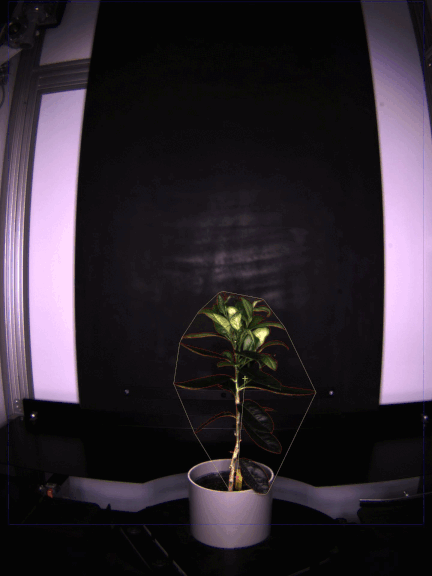
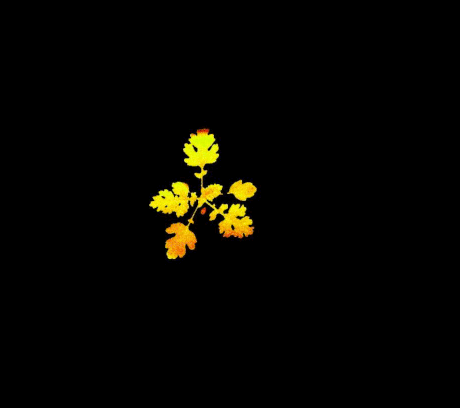
Data Analysis Services
We know that extracting meaningful insights from imaging data isn’t always straightforward. We offer comprehensive data processing and analysis services tailored to your research or commercial needs. During the intake process, we work with you to determine the best approach for your study.
Our Data Analysis Services include:
🔹 Identifying potential outliers for quality control
📈 Generating smooth splines to better visualize time-series data
🌱 Calculating growth rates, daily changes in photosynthetic efficiency, and pigment accumulation
Your results are delivered in easy-to-use formats, including Excel spreadsheets, R pipelines, and PDFs with clear data visualizations, making it simple to interpret and integrate findings into your work.
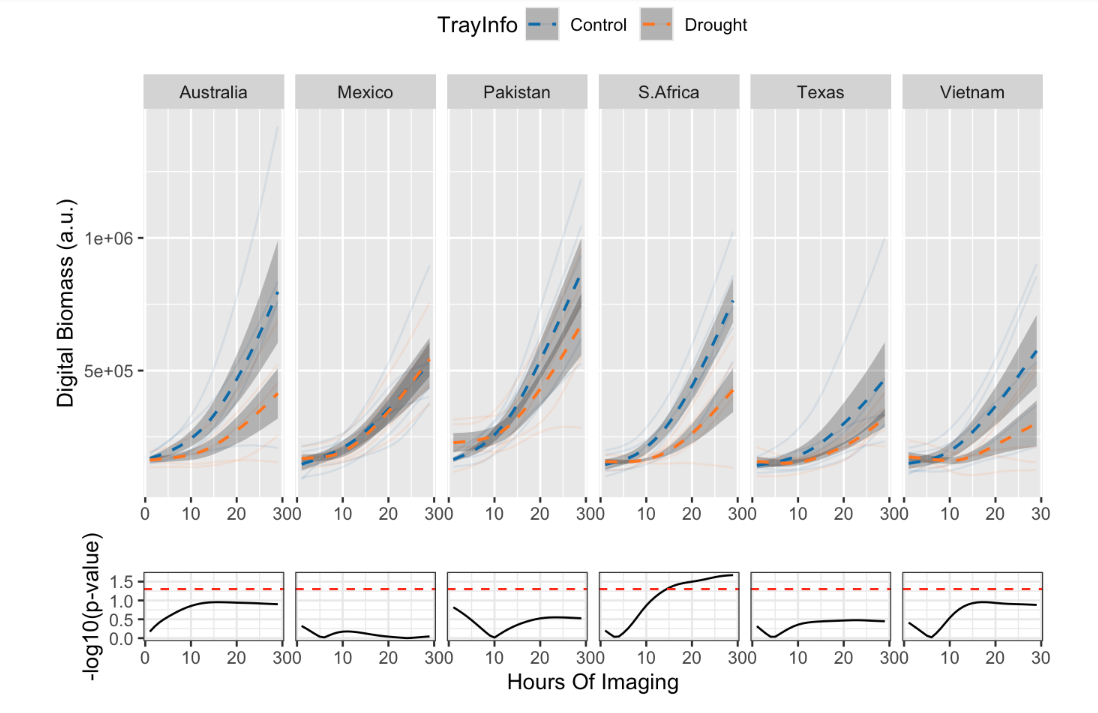
Getting Started with Your Project
Every project begins with a Project Intake Form and an initial consultation, where we discuss your needs and provide an estimated cost for facility use. Once your project is scheduled, we offer the following:
✅ Growth chamber space to germinate and grow your plants before imaging
✅ Pots and soil for plant cultivation
✅ Weekly updates on your experiment’s progress
✅ Environmental monitoring of temperature, CO₂, humidity, and light throughout the study
✅ Image processing & initial data analysis of whole-canopy data
✅ CO₂ tanks (if required)
✅ Growth chamber rental after imaging (if needed)
✅ Planting and harvesting services (if requested)
Important Note: While we continuously monitor the growth chamber and PhenoSight facility using a security camera system, these cameras are exclusively for internal maintenance and service by our overseas engineers. Facility users do not have access to this footage.
🔹 Ready to start? Submit your intake form to bti.pheno@cornell.edu, and let’s bring your project to life!
High-Throughput Phenotyping Growth Chamber Specifications
🌡 Temperature: 4–36°C
💧 Humidity: 30–80% relative humidity
☀️ Light Intensity: 100–800 µmol PAR with broad white spectrum + infrared + UVB lights
🌿 CO₂ Control: Ambient to 9,000 ppm
Flexible Phenotyping Solutions to Fit Your Needs
We understand that not every phenotyping project aligns with the scale or budget of the PhenoSight Facility. To ensure accessibility, we offer alternative, cost-effective solutions, including borrowable imaging devices that can be used within the BTI Plant Growth Facilities.
For projects requiring time-lapse imaging, we provide systems designed to capture plant growth and responses to environmental stresses over time. These systems are available for:
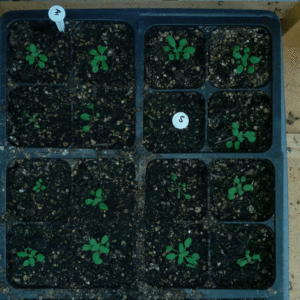 🌱 Agar plate-grown plants – SPIRO system
🌱 Agar plate-grown plants – SPIRO system
📸 Top-view soil-grown plants – PhenoRig (ideal for Arabidopsis)
🍅 Side-view soil-grown plants – PhenoCage (ideal for tomato and larger plants)
These options allow researchers to collect high-quality phenotyping data without the need for full-scale high-throughput imaging.
🔹 Interested in alternative solutions? Get in touch at bti.pheno@cornell.edu to explore the best option for your research!
